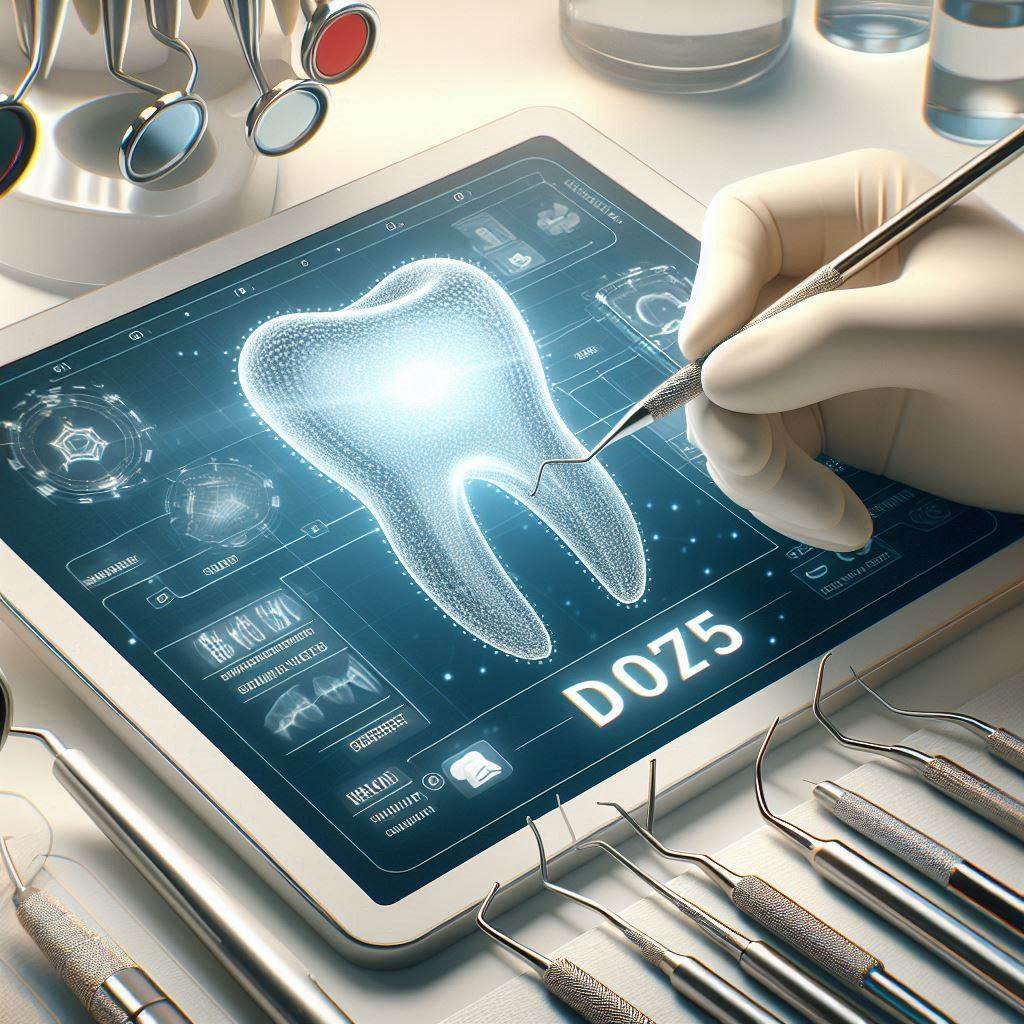Understanding Dental Code D0275
Dental Code D0275, often referred to as a “bitewing radiograph,” is a diagnostic tool used in dentistry to capture images of the upper and lower teeth in a single frame. This code is part of the American Dental Association’s (ADA) Current Dental Terminology (CDT) and is widely used by dental professionals to document and bill for this specific type of X-ray.
Bitewing radiographs are essential for detecting cavities, monitoring bone levels, and assessing the fit of dental restorations. They provide a detailed view of the crowns of the teeth and the alveolar bone, making them invaluable for preventive and restorative dental care.
The process involves placing a small X-ray film or sensor inside the mouth, which the patient gently bites down on to hold in place. The resulting image shows the teeth from the crown to the level of the supporting bone, allowing dentists to identify issues that may not be visible during a routine visual examination.

Dental Code D0275 Definition
Dental Code D0275 is officially defined as “bitewing – two films” in the ADA’s CDT manual. This code specifically refers to the capture of two bitewing radiographs, typically taken on each side of the mouth. These images are used to evaluate the posterior teeth (premolars and molars) and are particularly useful for detecting interproximal caries (cavities between teeth).
The code is categorized under diagnostic imaging and is often used during routine dental check-ups or when a patient presents with symptoms such as tooth pain or sensitivity. It is important to note that D0275 is distinct from other radiographic codes, such as periapical or panoramic X-rays, which serve different diagnostic purposes.
Dental Code D0275 Meaning
The significance of Dental Code D0275 lies in its role as a preventive and diagnostic tool. By providing a clear view of the teeth and supporting structures, bitewing radiographs enable dentists to:
- Detect Early Cavities: Bitewing X-rays can reveal cavities between teeth that are not visible to the naked eye. Early detection allows for minimally invasive treatments, such as fillings, before the decay progresses.
- Monitor Bone Health: These images help dentists assess the level of alveolar bone supporting the teeth, which is crucial for diagnosing periodontal disease.
- Evaluate Restorations: Bitewing radiographs can show whether fillings, crowns, or other restorations are properly fitted and free from defects.
The use of D0275 is particularly important for patients with a history of dental caries, those undergoing orthodontic treatment, or individuals with signs of gum disease.
Dental Code D0275 Reimbursement
Reimbursement for Dental Code D0275 varies depending on the patient’s insurance plan and the dental practice’s fee schedule. Most dental insurance plans cover bitewing radiographs as part of preventive care, typically allowing for one set of bitewings per year. However, coverage may differ based on the patient’s age, risk factors, and the specific insurance provider.
Average Reimbursement Rates for D0275 (2023)
| Insurance Provider | Average Reimbursement Rate | Notes |
|---|---|---|
| Delta Dental | 35−35−50 | Varies by plan |
| MetLife | 30−30−45 | Subject to annual maximums |
| Cigna | 25−25−40 | May require pre-authorization |
| Aetna | 30−30−50 | Coverage depends on plan type |
Dental practices should verify coverage and obtain pre-authorization if necessary to avoid claim denials. Additionally, patients should be informed of any out-of-pocket costs associated with this procedure.
Conclusion
Dental Code D0275 plays a critical role in modern dentistry by providing detailed images of the teeth and supporting structures. From detecting cavities to monitoring bone health, bitewing radiographs are an indispensable tool for maintaining oral health. Understanding the description, definition, meaning, and reimbursement aspects of D0275 ensures that both dental professionals and patients can make informed decisions about their care.
FAQs
1. How often should I get bitewing X-rays?
Most dentists recommend bitewing X-rays once a year as part of a routine check-up. However, the frequency may vary based on your oral health needs and risk factors.
2. Are bitewing X-rays safe?
Yes, bitewing X-rays are safe. The amount of radiation exposure is minimal, and modern digital X-ray technology further reduces radiation levels.
3. Will my insurance cover D0275?
Most dental insurance plans cover bitewing X-rays as part of preventive care. However, coverage limits and reimbursement rates vary by provider.
4. Can children have bitewing X-rays?
Yes, bitewing X-rays are safe for children and are often used to monitor the development of their teeth and detect early cavities.
Additional Resources
- American Dental Association (ADA) – Current Dental Terminology (CDT)
- National Institute of Dental and Craniofacial Research – Dental X-Rays
- Delta Dental – Understanding Dental Insurance


